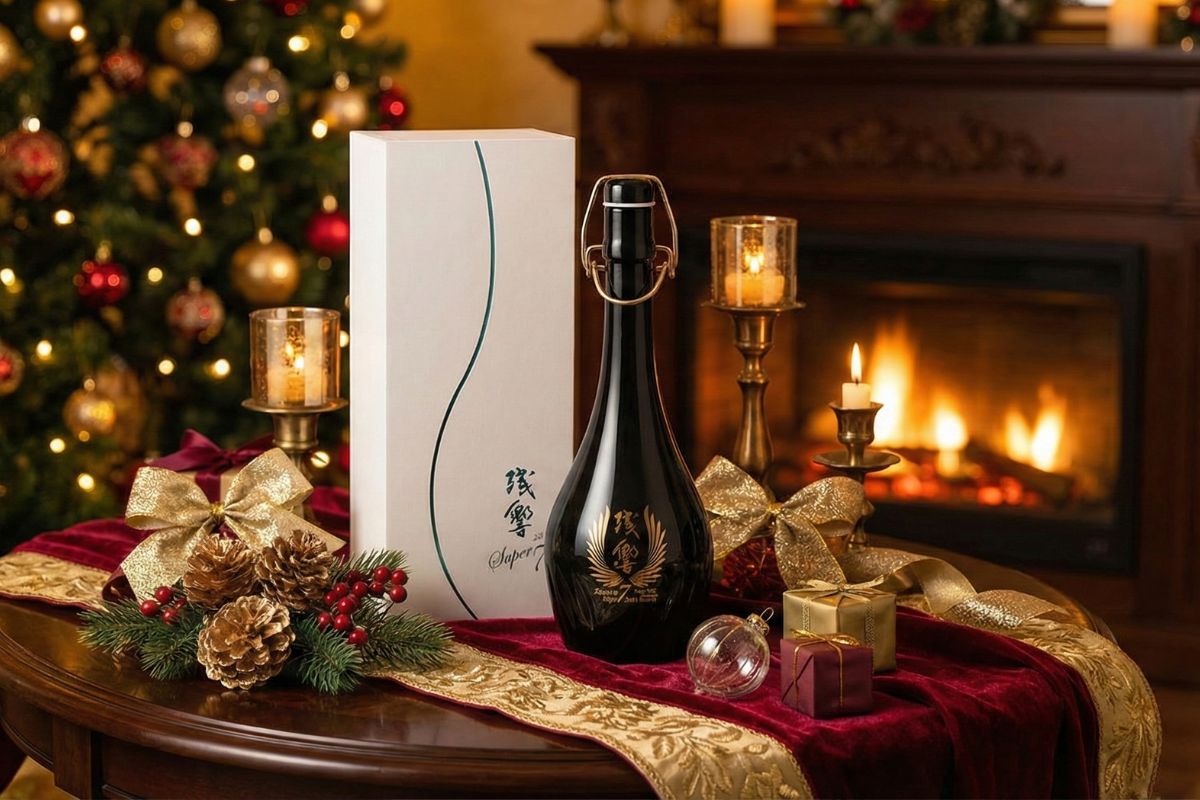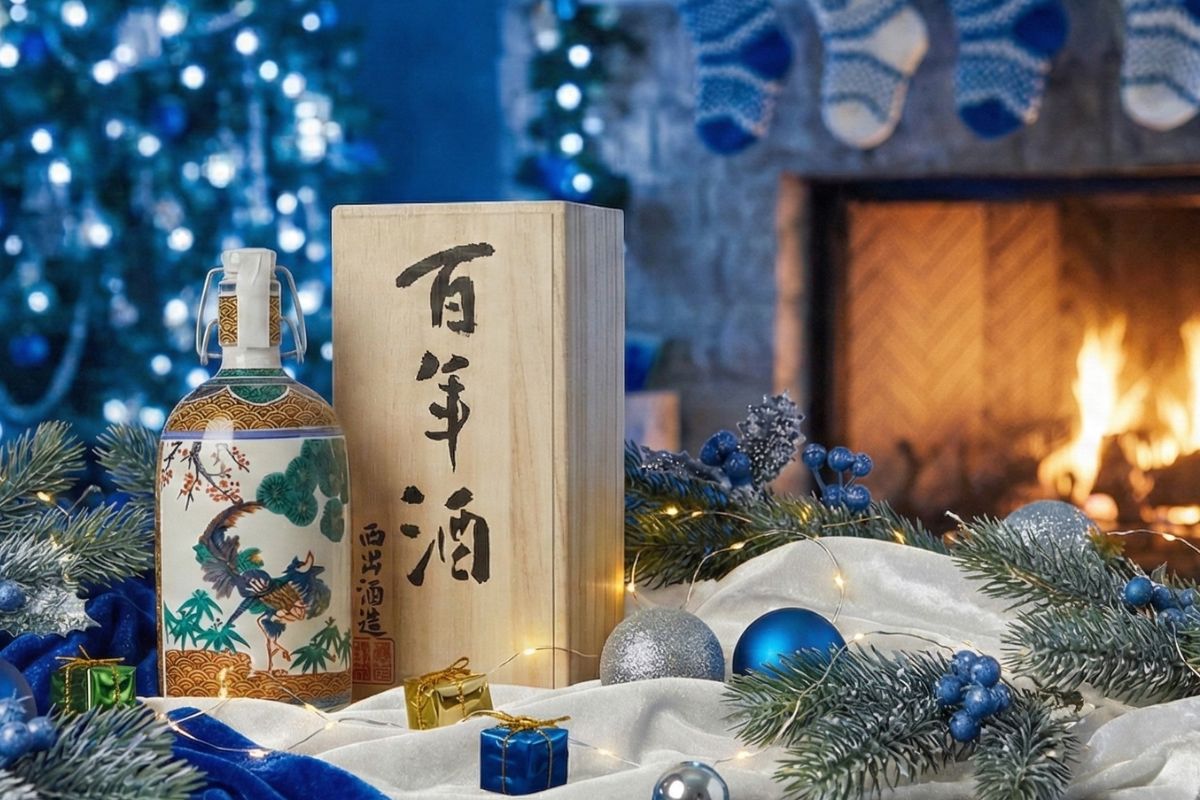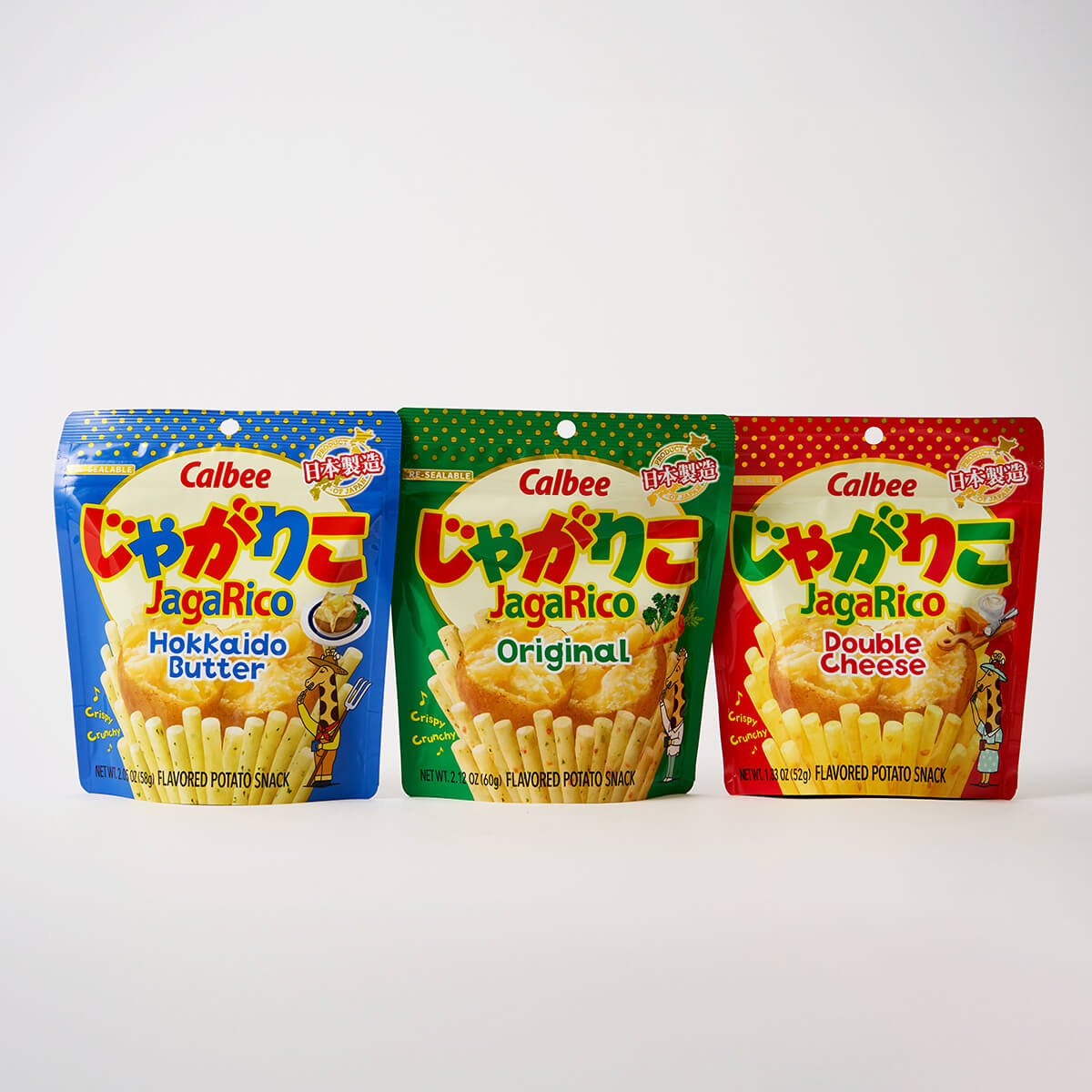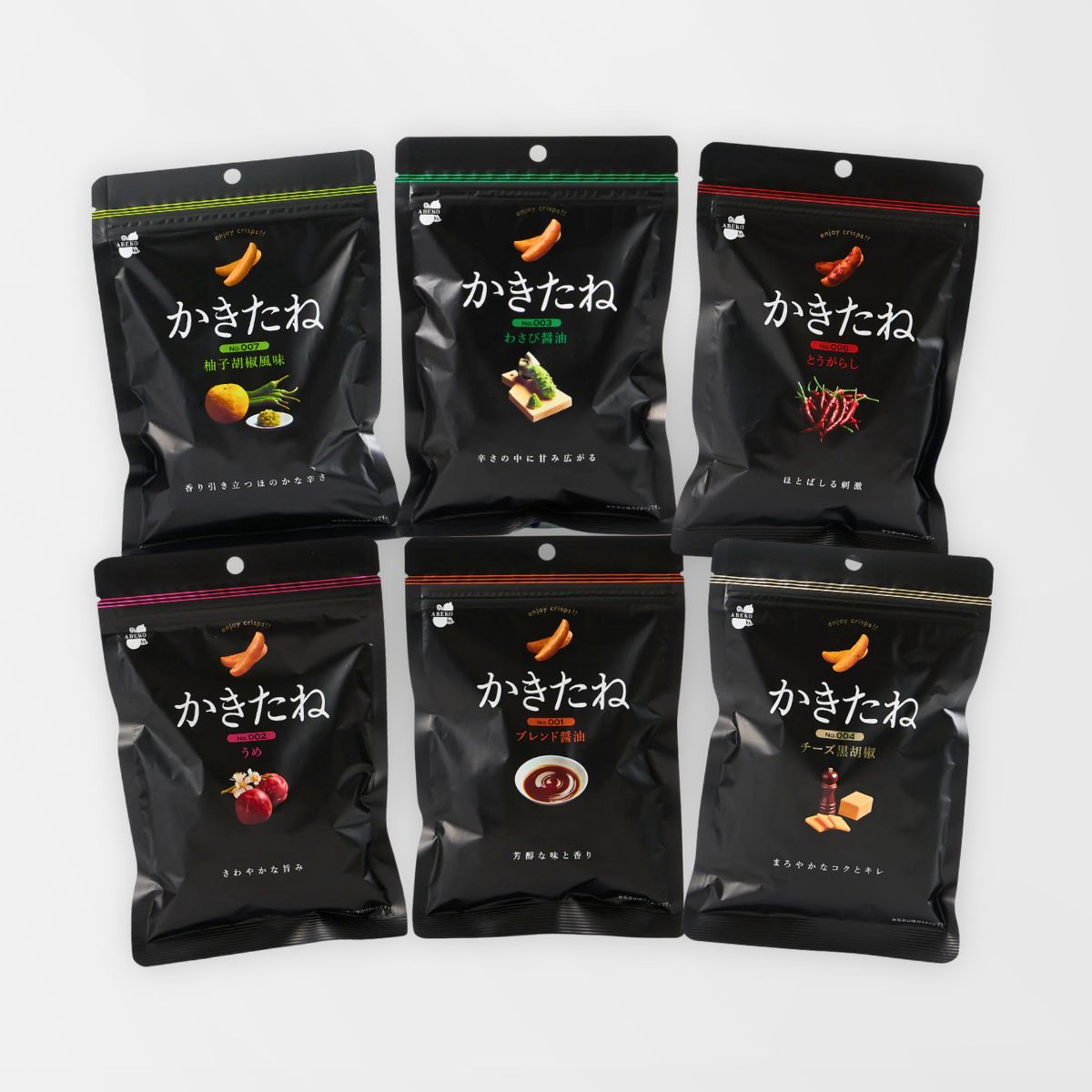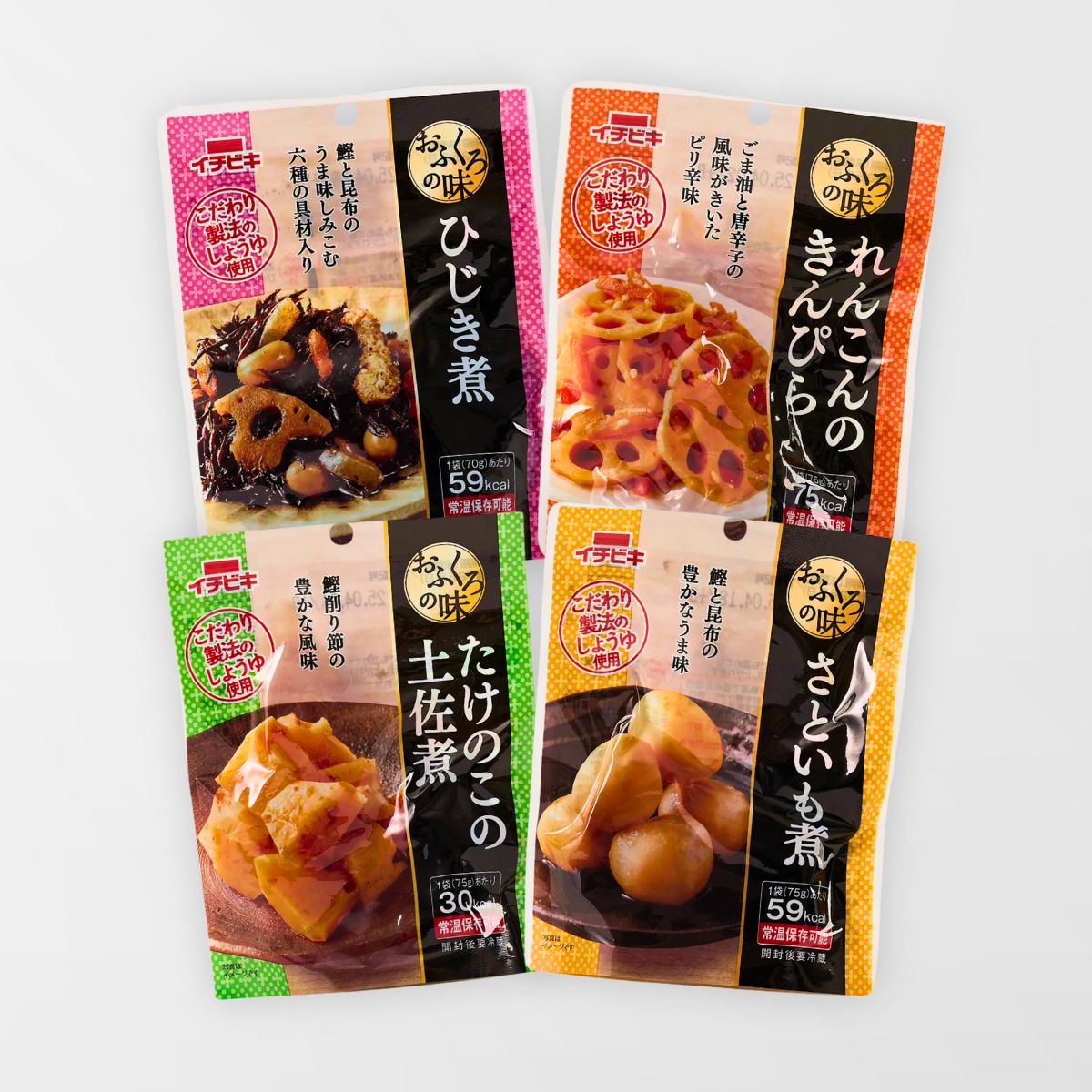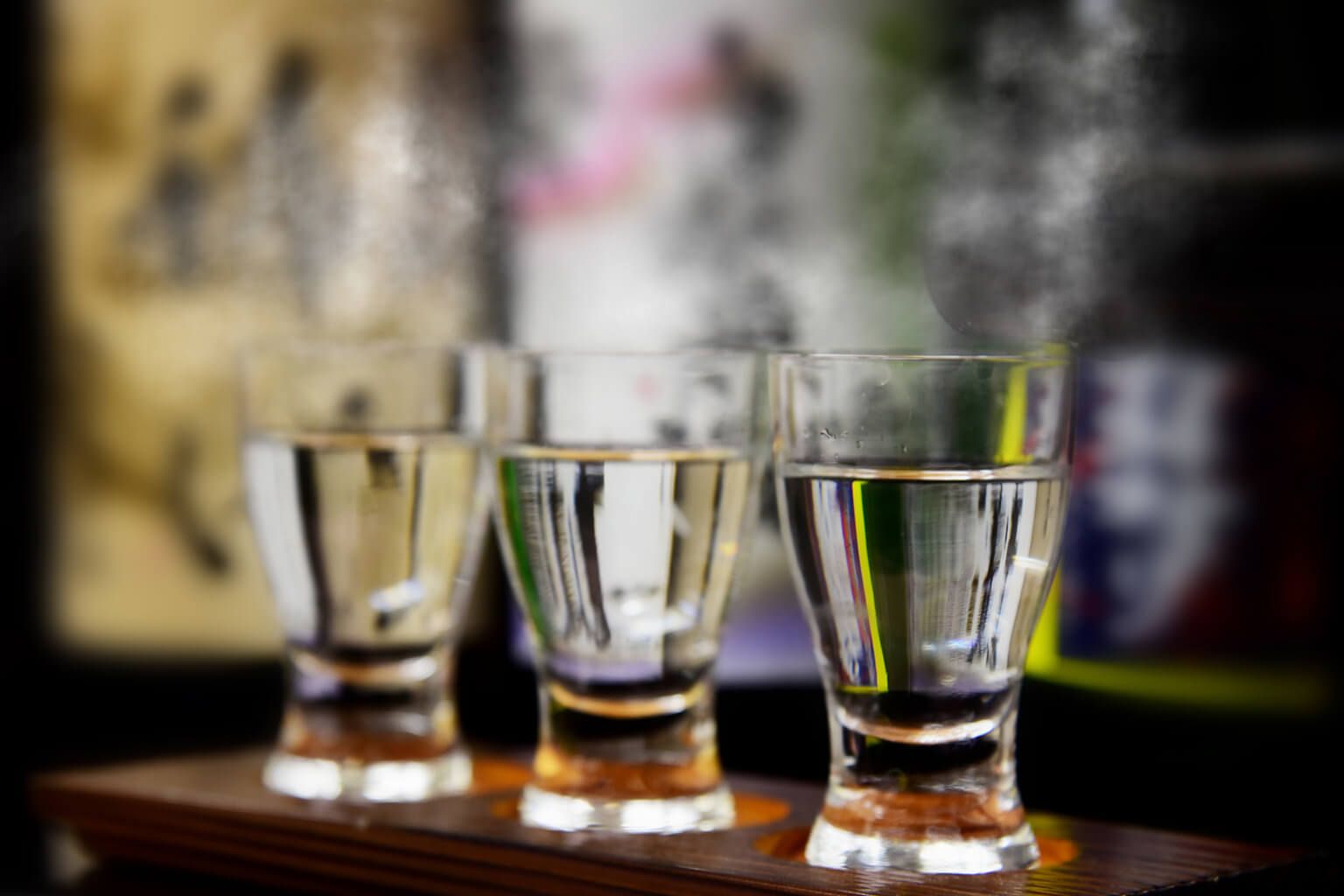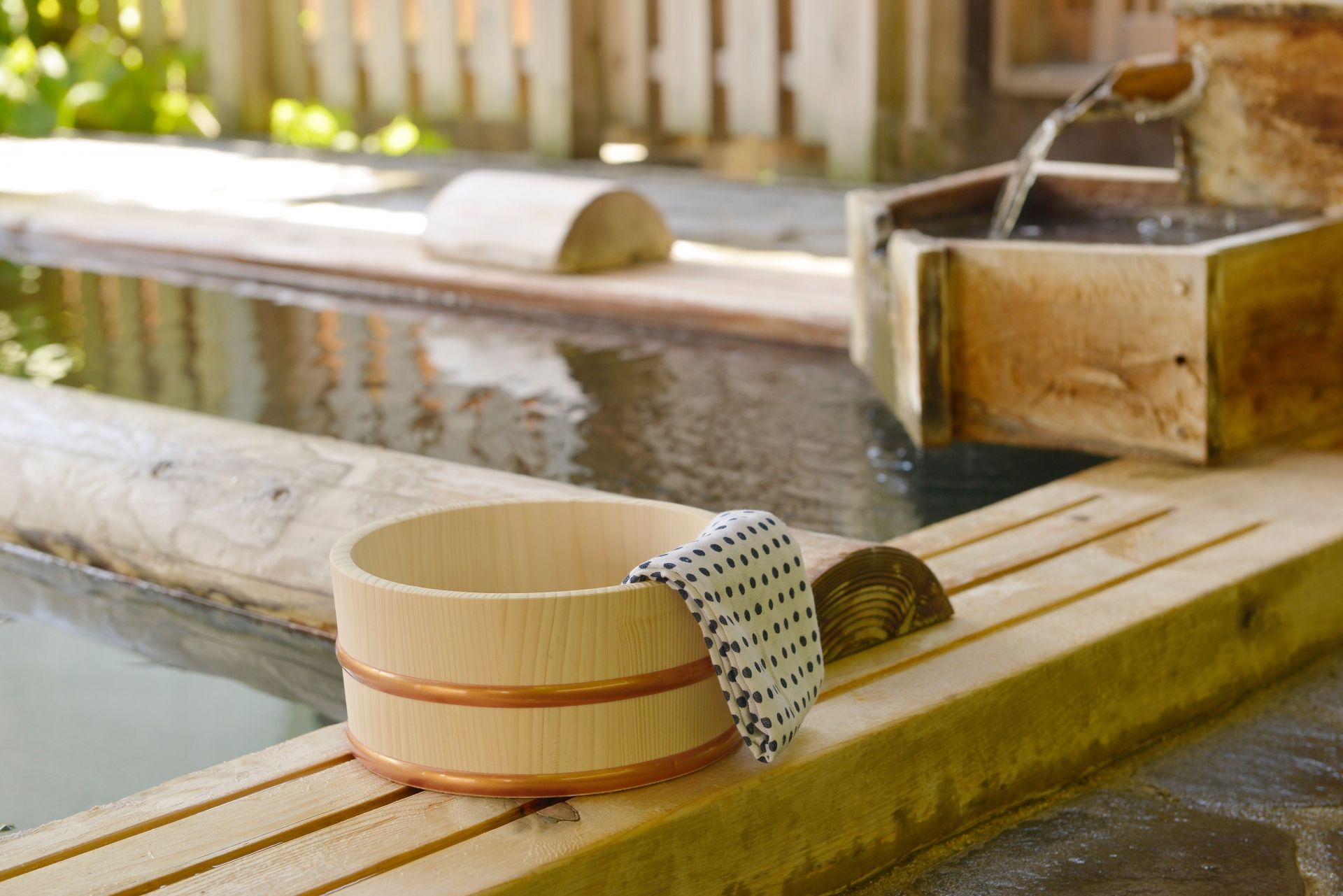Of the endless number of options and decisions brewers make before sake ends up in your glass, “roka” might be the easiest to spot as well as one of the easiest to overlook. Wait a second, so what’s roka?
What is roka?
Roka is a set of optional steps or procedures that lie somewhere between the time sake is pressed and before it is bottled. An accurate, albeit broad translation would be the different processes of fining by removing elements that can affect the color, aroma, taste and texture of finished sake. There are a handful of common ones, but let’s look at the most recognizable first: “muroka.”
Popular styles of sake seem to be ever changing, and it seems muroka is making a strong showing recently. Hopefully you’ve had a chance to try a good handful of sake and may have noticed that some can be stunningly crystal-clear. (If not, I encourage you to check out some beautiful and crisp sake from Niigata like Shimeharitsuru. The Niigata style has been exceedingly popular since the ‘80s.) The proper use of activated charcoal helps achieve this transparency by removing some of sake’s natural yellow-green hue as well as potential off-aromas, and in some cases, can help stabilize the maturation in a brew.
What is muroka sake?
Muroka is a type of sake that has skipped this process. But why would you want to? The answer is simply stylistic. While it seems like removing these elements is beneficial, many brewers also believe that it removes some of the desired characteristics. As the current tastes and preferences seem to be leaning toward styles that are more robust, rich, or even more “pure,” more brewers are embracing that extra natural nuance and skipping carbon filtration. So if your sake has a yellowish tinge, don’t fret; it might be muroka (or it might be aged, but that stuff is fun too).
Depending on the permeability of the filter when pressing, we can either have a more clear style sake or a more cloudy style like nigori. But no matter how fine the filter is, there will still be some opaque sediment in the pressed sake called “ori” floating around. Removing this isn’t as complicated as adding special ingredients; you just let gravity do all the work. Pressed sake is left to rest in a tank as the ori sink to the bottom.
There are generally two places sake can be pumped out of the tank: one is at the bottom and one is above where the sediment rests. Sometimes brewers choose to blend some of the ori back in, or skip this step entirely. Sake produced this way can be called “orizake” or “origarami.” These sake tend to have an additional layer of complexity and a slightly richer texture. A great sake to try that uses a style similar to this is Nito “Yamadanishiki 55.”
Some of the other forms of fining are found in most sake. Similar to wine, there are some microproteins and leftover yeast. Some of these can be filtered with paper filters, while some require an extra element, which can be the reason all sake is not innately vegan. Gelatin binds to these microelements to make them large enough to either sink or be filtered. There are some ways around this. Historically, persimmon tannin was used to similar effect, and in the modern era, some selectively permeable membranes can also be used — if you have the means.
Maybe not the most exciting aspects of sake making, roka can still have a huge impact on the final taste of sake. However, that idea is being challenged with the resurgence of muroka “nama” (unpasteurized) “genshu” (undiluted) styles, with their full, fun, raw and intense flavors. Our main takeaway should be that roka can be used as one of the innumerable tools in the “toji’s” (brewmaster’s) belt that can be used to craft their perfect expression for us to happily enjoy.
3 muroka sake to try from Tippsy
At Tippsy, we have an entire collection dedicated to the subcategory of muroka sake. Let’s explore a few bottles within that collection that can start you on your tasting journey.
Born “Gold”
By skipping the charcoal filtration, this juicy muroka sake preserves its natural golden hue. The name Born “Gold” encapsulates this lavish junmai daiginjo’s full aroma and body. Before being released, it is laid down to rest for at least a year. This extra time helps round out the big flavors and enhances the gentle gold color.
Mana “True Vision”
An honest representation of a single tank in a single place, Mana “True Vision” omits as many steps as possible in its making. This bottle is from a single tank that not only skips roka, but also doesn’t get diluted with water, is not pasteurized, and does not have lactic acid artificially added. The result is a fun and bold sake with plenty of punch that can stand up to the biggest of dishes.
Oze no Yukidoke “Oze × Rose”
Fun and quite different, Ryujin Brewing Company has a passion for experimentation. For this sake they use a very difficult-to-work with red yeast that, as a byproduct, makes the sake pink. Funny enough, it tastes like it looks: lots of bright strawberry and grapefruit flavor!



